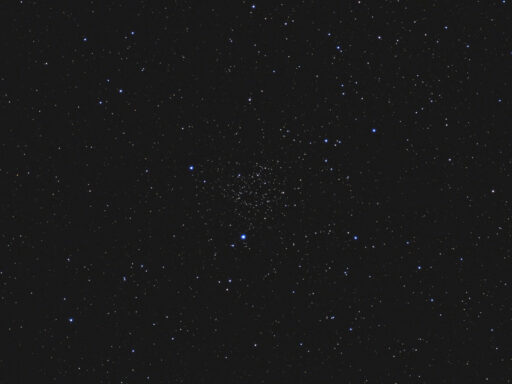
Telescope: Unitron 510 5” f/16 refractor, Atlas EQ-G
Camera: Canon EOS Ra full frame DSLR
Filter: 2” Baader Fringe Killer (minus V)
Guide scope: Williams Optics 50mm Guidescope, ASI290MM, PHD
Exposure: 16x60sec, ISO 1600, saved as RAW
Darks: Internal (Long Exposure Noise Reduction)
Flats: 64x1/125s sky flats taken at dusk
Average Light Pollution: Bortle 8, fair transparency
Lensed Sky Quality Meter: 18.5 mag/arc-sec^2
Stacking: Mean with a 1-sigma clip
White Balance: Nebulosity Automatic
Software: Backyard EOS, Deepsky Stacker, Nebulosity, Photoshop
NGC 1245 is a relatively faint but rich open cluster in central Perseus. It may be a tad faint for small telescopes, but blossoms into a fine patch of stardust in larger telescopes.
NGC 1245 is currently well placed in the evening sky and is high overhead in the northeast as the sky darkens.
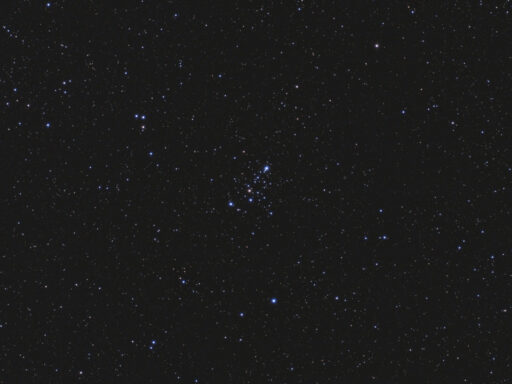
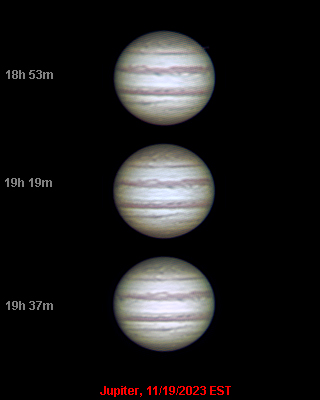
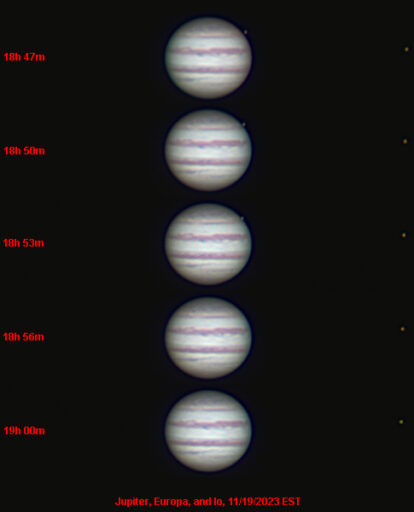
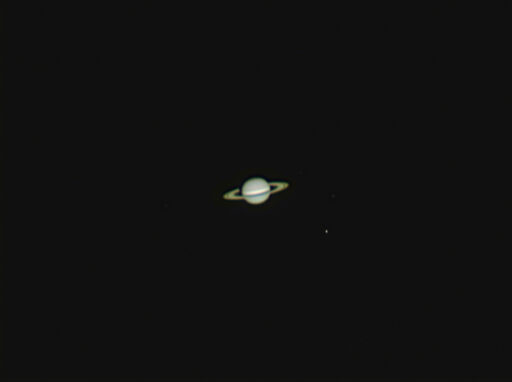
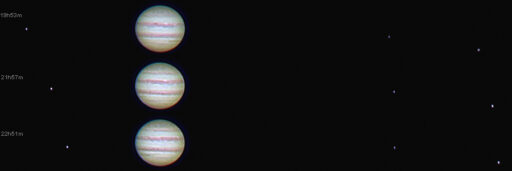
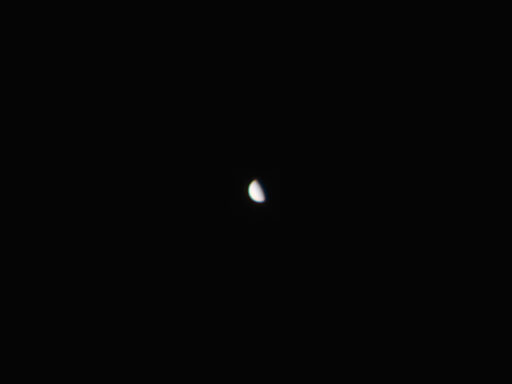
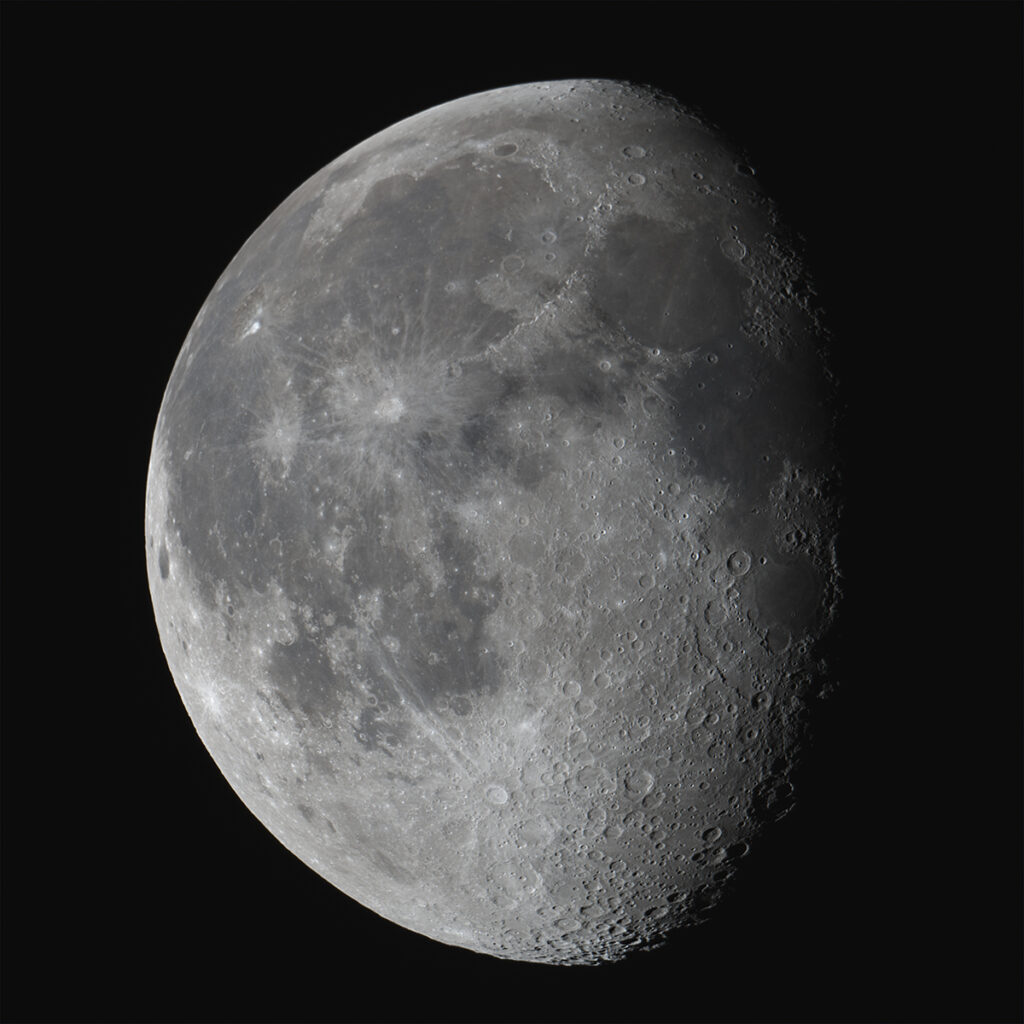
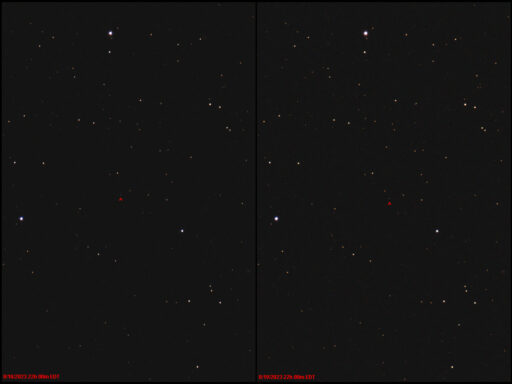
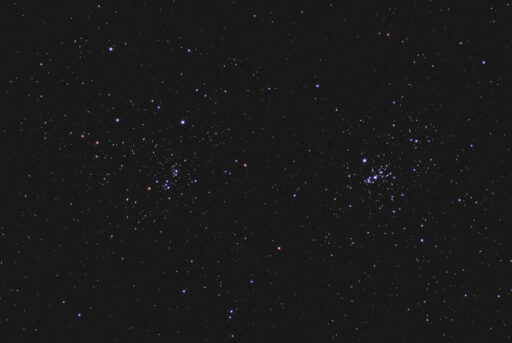
Recent Comments